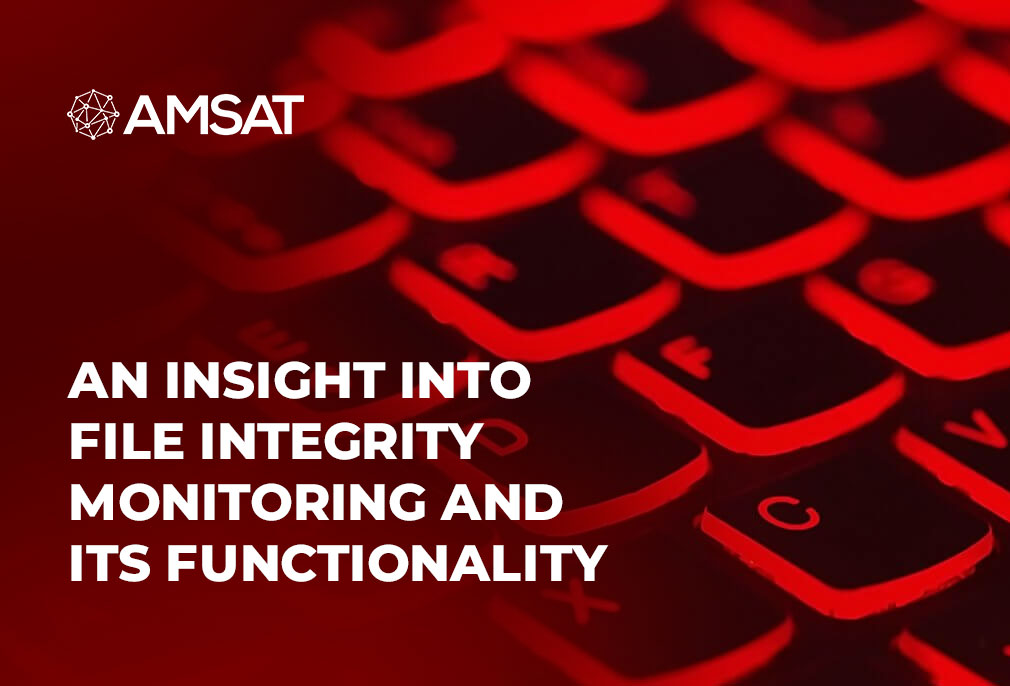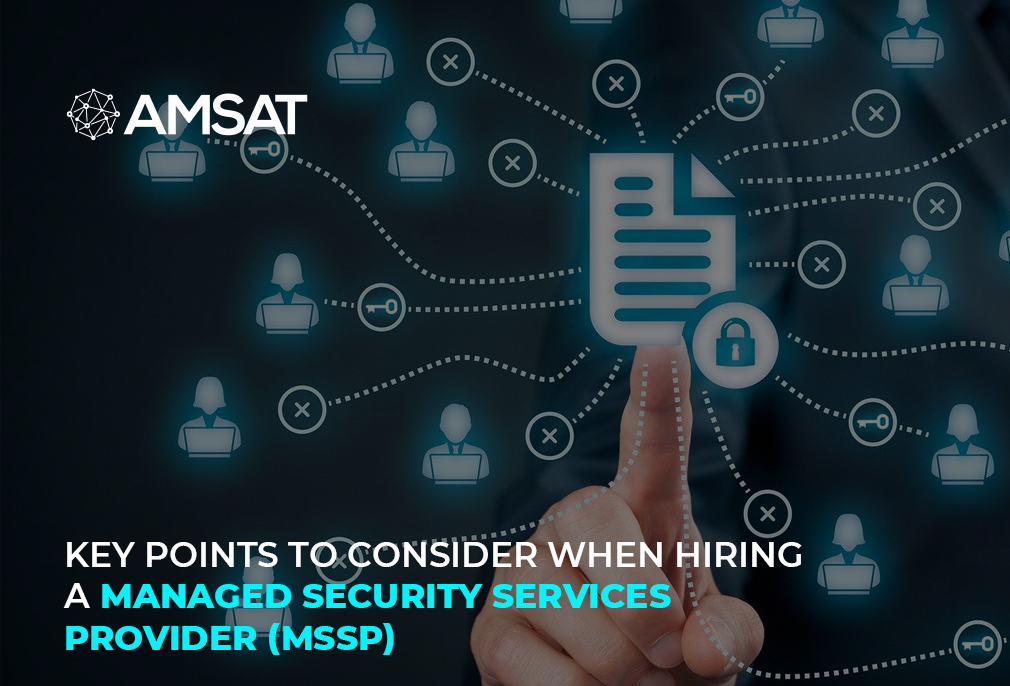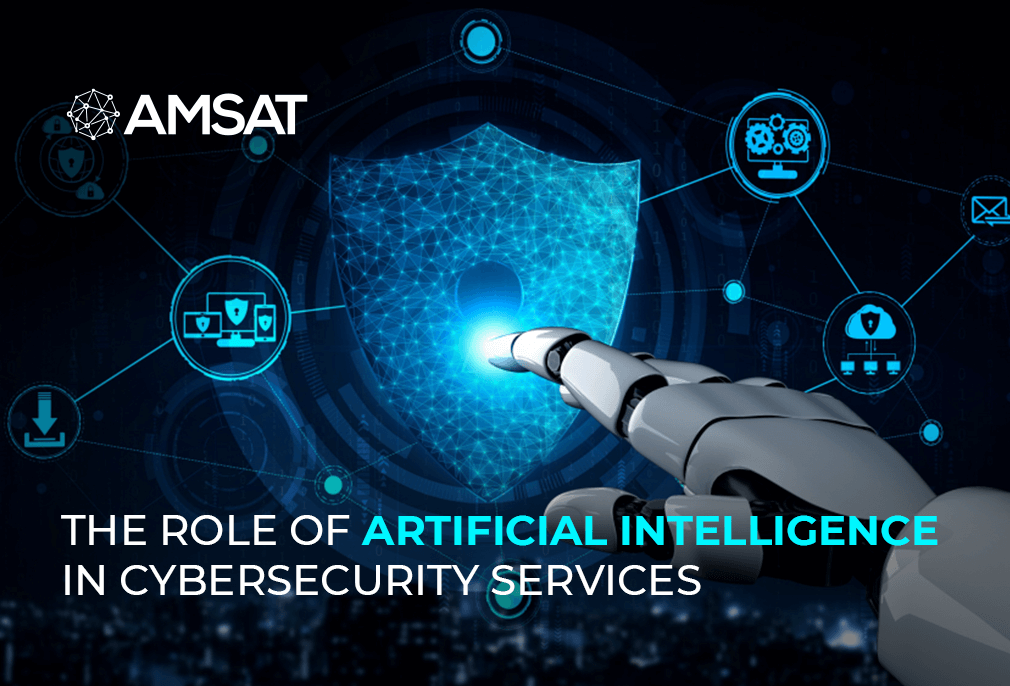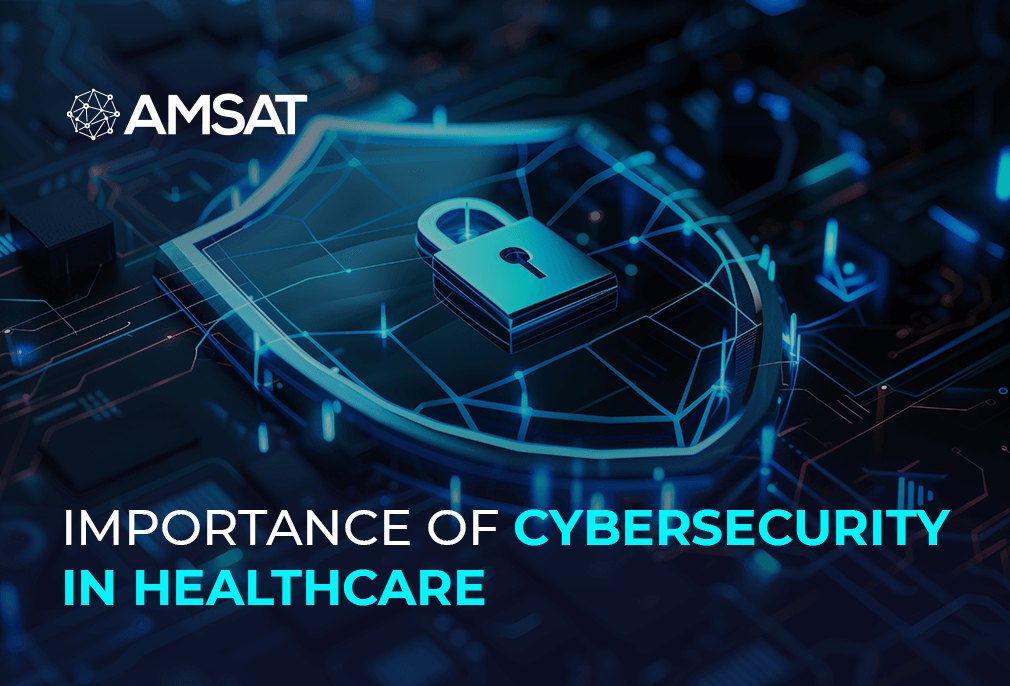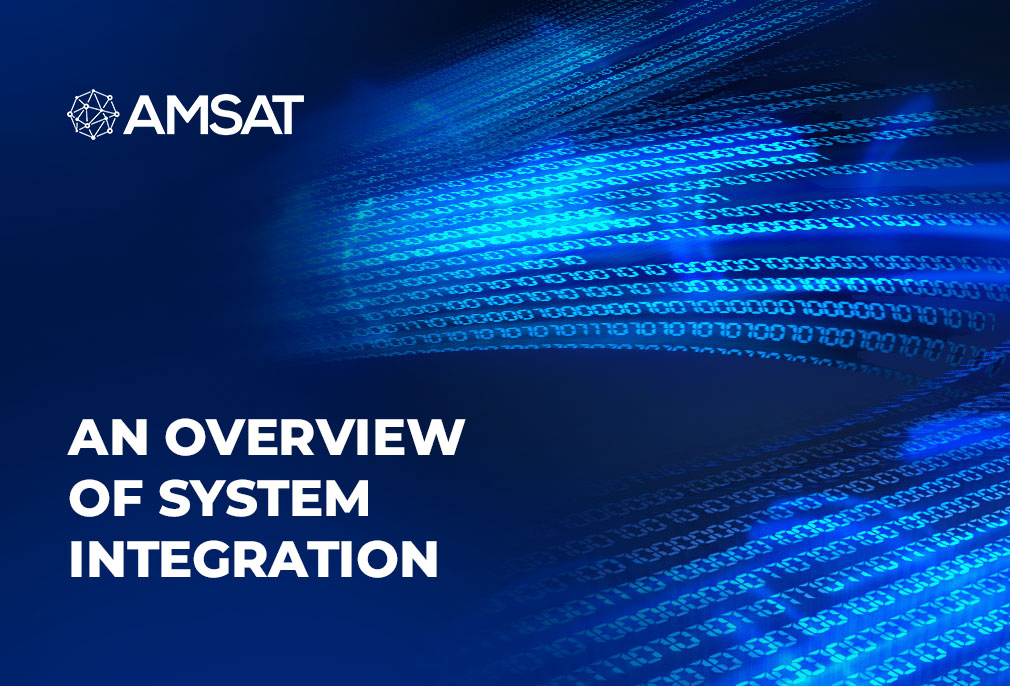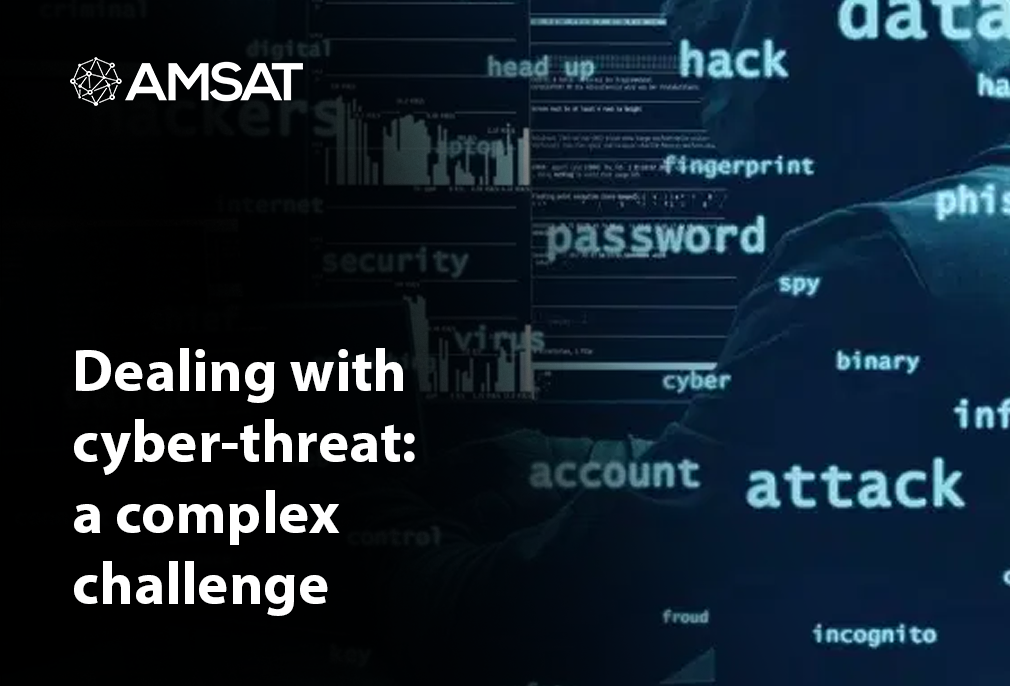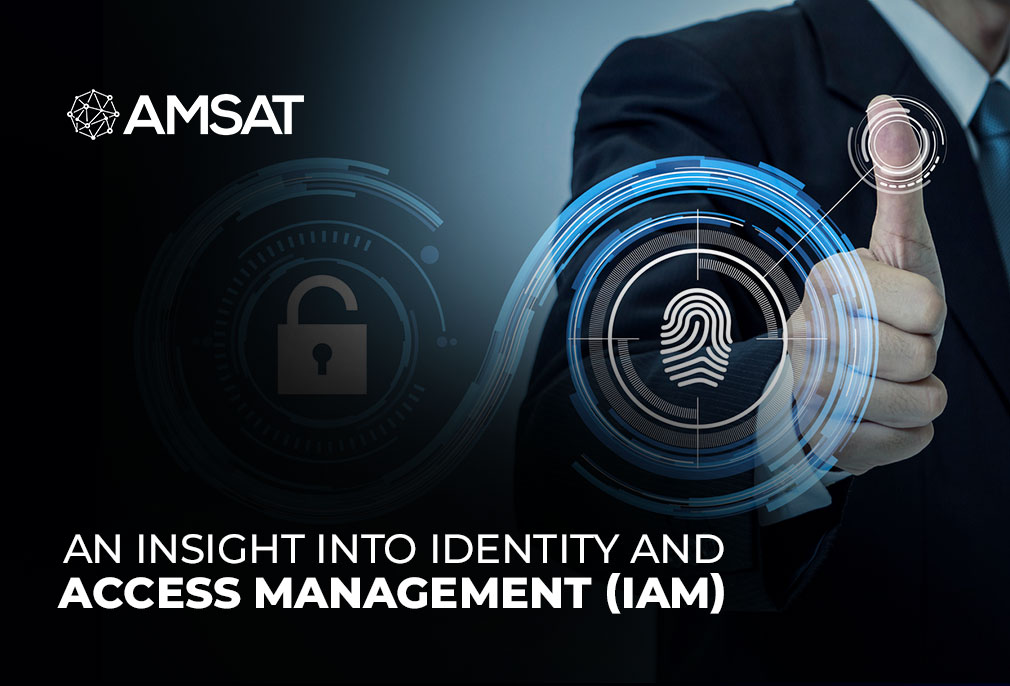Latest Blogs
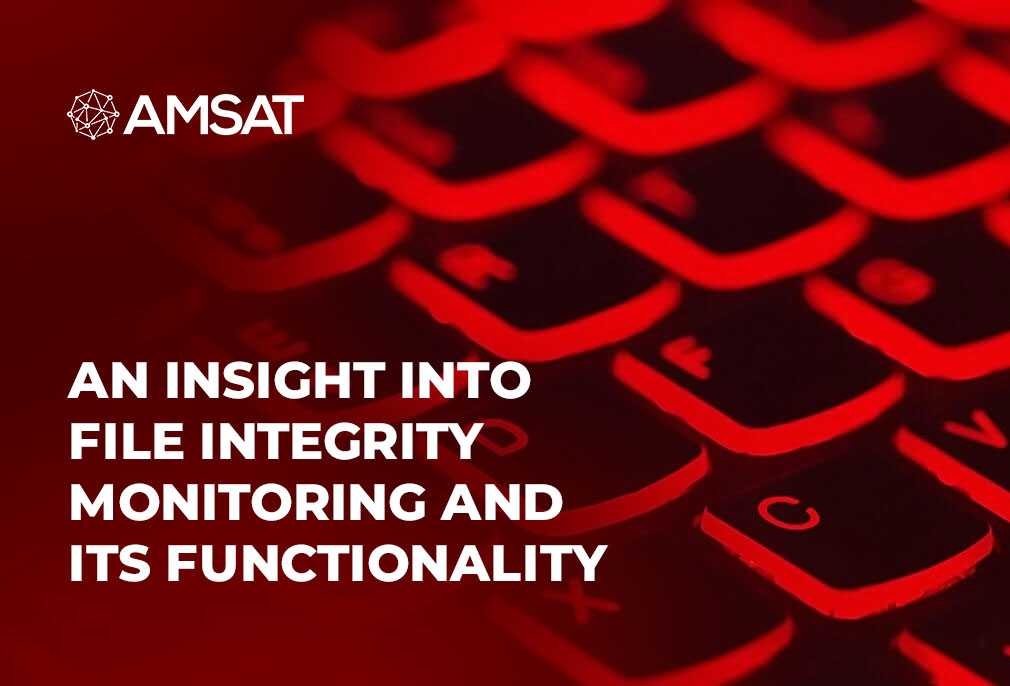
By AMSAT Aug 28,2020
An Insight into File Integrity Monitoring and Its Functionality
File Integrity Monitoring, of FIM, is, doubtlessly, an
extremely important layer of security in any network that merits protection. FIM,
which is required by data security standards and recommended by auditors and
security experts worldwide, oversees important system files and operates system
components and even network devices for unlawful changes.
By adjusting ePOS terminals, operating system host files or critical applications, malevolent parties can steal sensitive information, such as payment information from networks for their own advantage. FIM seeks to prevent the outcome of such hacks by warning administrators to unlawful changes in the network.
How FIM actually works
Once executed, the FIM software will begin to oversee any alterations that are made to your files, systems, logs, settings, etc. It detects when, how, and by whom the changes are made and compares them with the reference point. The organizations can install the predictable changes to decrease false alerts. A majority of the FIM software are able to detect DDoS attacks, phishing attacks, unlawful system access, data theft, malware or ransomware injections, and insider fears.
A business website has scores of code files on the directory. Although the management understands that an attacker has injected malware in the website, it’s hard to trace malicious injections amongst thousands of lines of codes. FIM software is able to spot the exact file and codes that have been tainted, which makes the recovery process all the much swifter and easier. For WordPress sites, it can also monitor wp-config.php and .htaccess files.
Challenges with FIM
Some of the critical problems associated with FIM include:
Hash-based File Integrity Checking
This scans key files on systems on a regular schedule and warns admins about spotted changes by comparing the hash to the preceding version. The substitute to this is you need to plan this task to run as per a definite time interval. Nevertheless, this way you miss out on all the times the checking is under way. In addition, this technique is most appropriate for authentic file changes—not file access and reads.
Real-time File Integrity Checking
The actual file auditing procedure that captures real-time file access and alters within file audit events. By evaluating these events in real-time, you are able to get information on not just file changes, but also all the file read, write, and create events. The problem with this method is coping with a huge volume of events to locate the violation you are looking for.
In Windows systems, FIM can be executed by collecting file audit events from a particular file, folder, or a whole system and evaluating the event logs to see file-change characteristics. This is easier said than done. One challenge with allowing native Windows file reviewing and using Windows Event Viewer to spot file changes is you end up getting several events (mostly false-positives) and combing all of them to find the precise event that exposes a breach. Another challenge is learning the exact event ID to identify a violation.
You need to spend more time and effort finding these event IDs and find a way to remove all the noise and superfluous events created in the file auditing process.
TAGS
- Cybersecurity
- FileIntegrity Monitoring
- FIM
Recent Blogs
Ready to Get Started?
Our specialists are ready to tailor our security service solutions to fit the needs of your organization.
